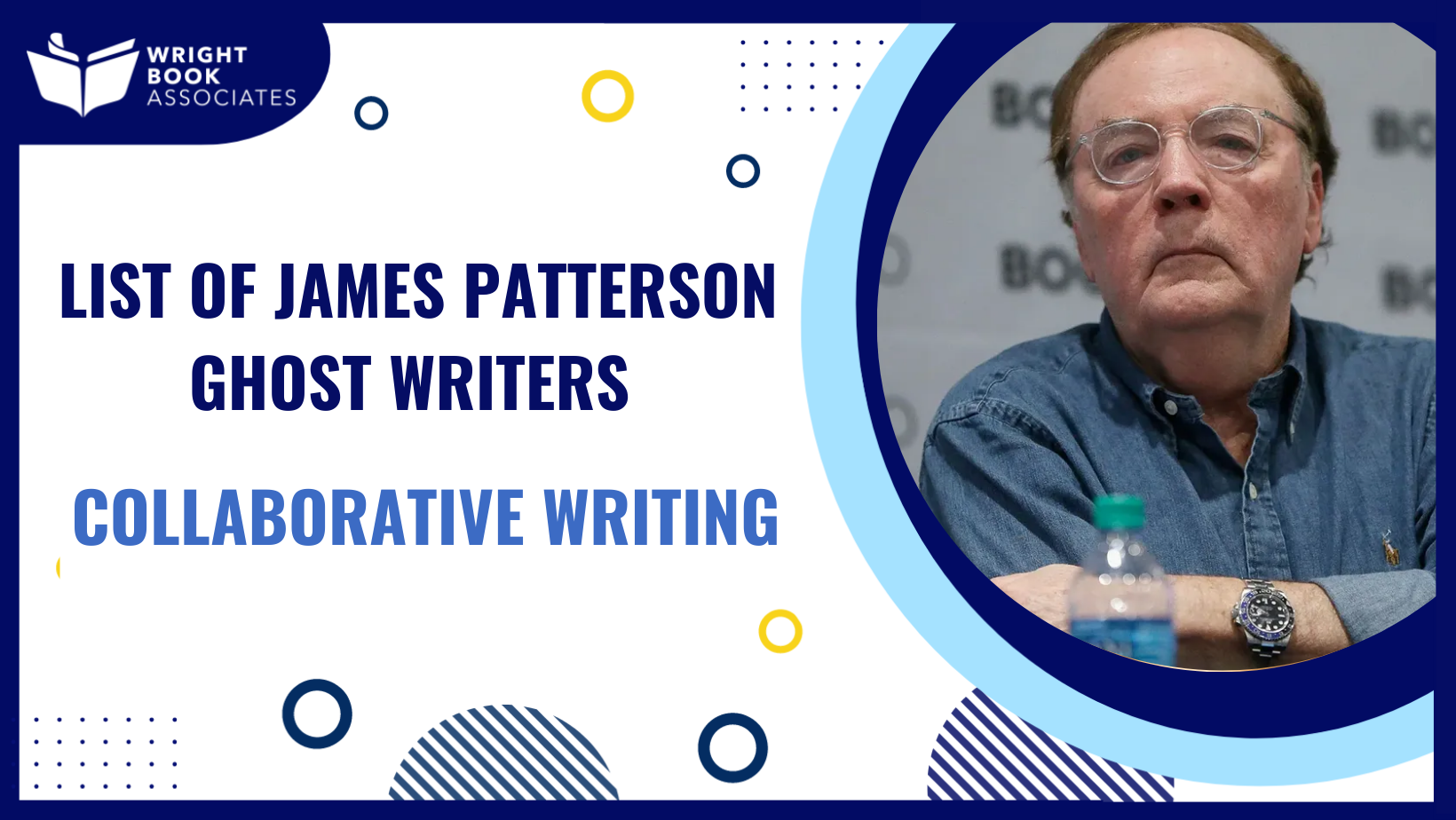James Patterson is widely recognized as one of the most prolific and successful authors of our time. With a career spanning several decades, he has published over 300 books, many of which have become bestsellers across the globe.
Patterson’s works cover a diverse range of genres, from thrilling crime novels and engaging young adult fiction to heartwarming romance and nonfiction. His ability to craft captivating stories has earned him a massive readership and a prominent place in the literary world.
Given his staggering body of work, many readers and aspiring writers often wonder: “How does James Patterson write so many books?” The answer lies in his unique approach to storytelling and his willingness to embrace collaboration.
A significant aspect of Patterson’s success is his use of co-authors and James Patterson ghost writers, who help bring his ideas to life. This collaborative process allows Patterson to maintain a steady stream of high-quality publications, ensuring that his fans always have something new to enjoy.
The Role of Co-Authors in Patterson’s Works
James Patterson’s approach to story development is methodical and highly organized. He begins by creating detailed outlines that map out the plot, character arcs, and key twists in the narrative. These outlines serve as blueprints, guiding his co-authors or ghost writers as they develop the full manuscript.
This planning ensures that the final product aligns with Patterson’s vision, while also allowing the co-author or ghost writer the creative freedom to bring the story to life.
This process enables Patterson to maintain a consistent style and quality across his vast body of work, even as he collaborates with different writers.
One of the key reasons James Patterson has co-authors is to enhance the breadth and depth of his storytelling. By collaborating with other writers, Patterson can infuse his books with diverse perspectives and fresh ideas, which keeps his work dynamic and engaging.
This approach not only helps him produce a large volume of books but also ensures that each story resonates with a broad audience.
The collaboration is mutually beneficial. For Patterson, it allows him to focus on conceptualizing new ideas and maintaining his distinctive narrative style. For the co-authors, working with Patterson provides them with valuable exposure and the opportunity to learn from one of the best in the industry. This partnership often results in a win-win situation, where both parties gain from the collaboration.
Co-Authors and Ghost Writers Who Have Worked with James Patterson
1. Maxine Paetro
Maxine Paetro is one of the most prominent co-authors to have worked with James Patterson, particularly on the highly successful Women’s Murder Club series. Their collaboration began in 2005 with the publication of 4th of July, and since then, they have co-authored numerous bestsellers in this series.
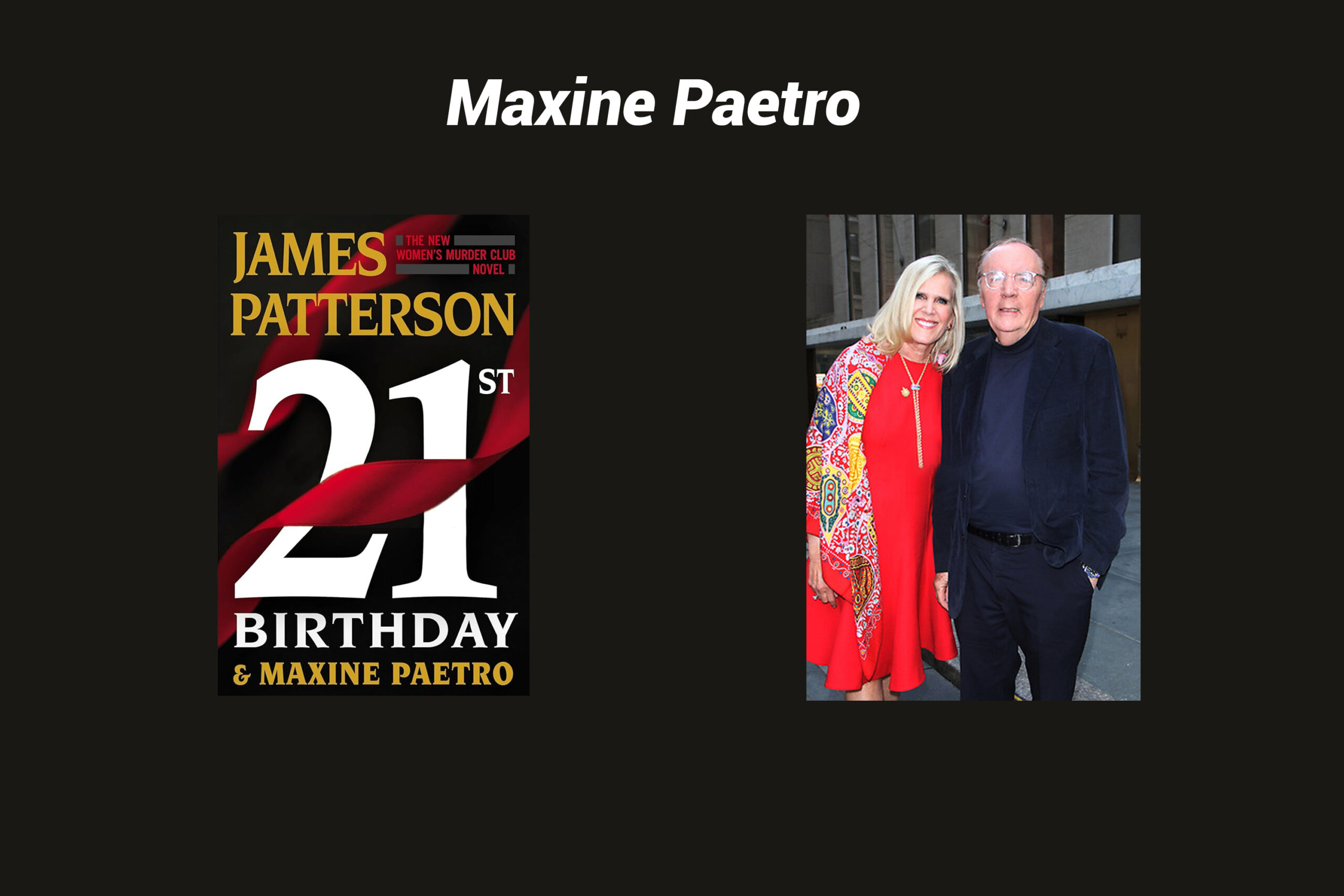
The Women’s Murder Club books are known for their strong female characters and intricate plots, which have captivated readers worldwide. Paetro’s ability to craft compelling narratives has been instrumental in the series’ popularity, making it one of Patterson’s most enduring and successful collaborations.
2. Andrew Gross
Andrew Gross is another key collaborator who has contributed significantly to several of Patterson’s thrillers, including 2nd Chance and The Jester. Their partnership played a crucial role in shaping the gripping, fast-paced style that Patterson is known for.
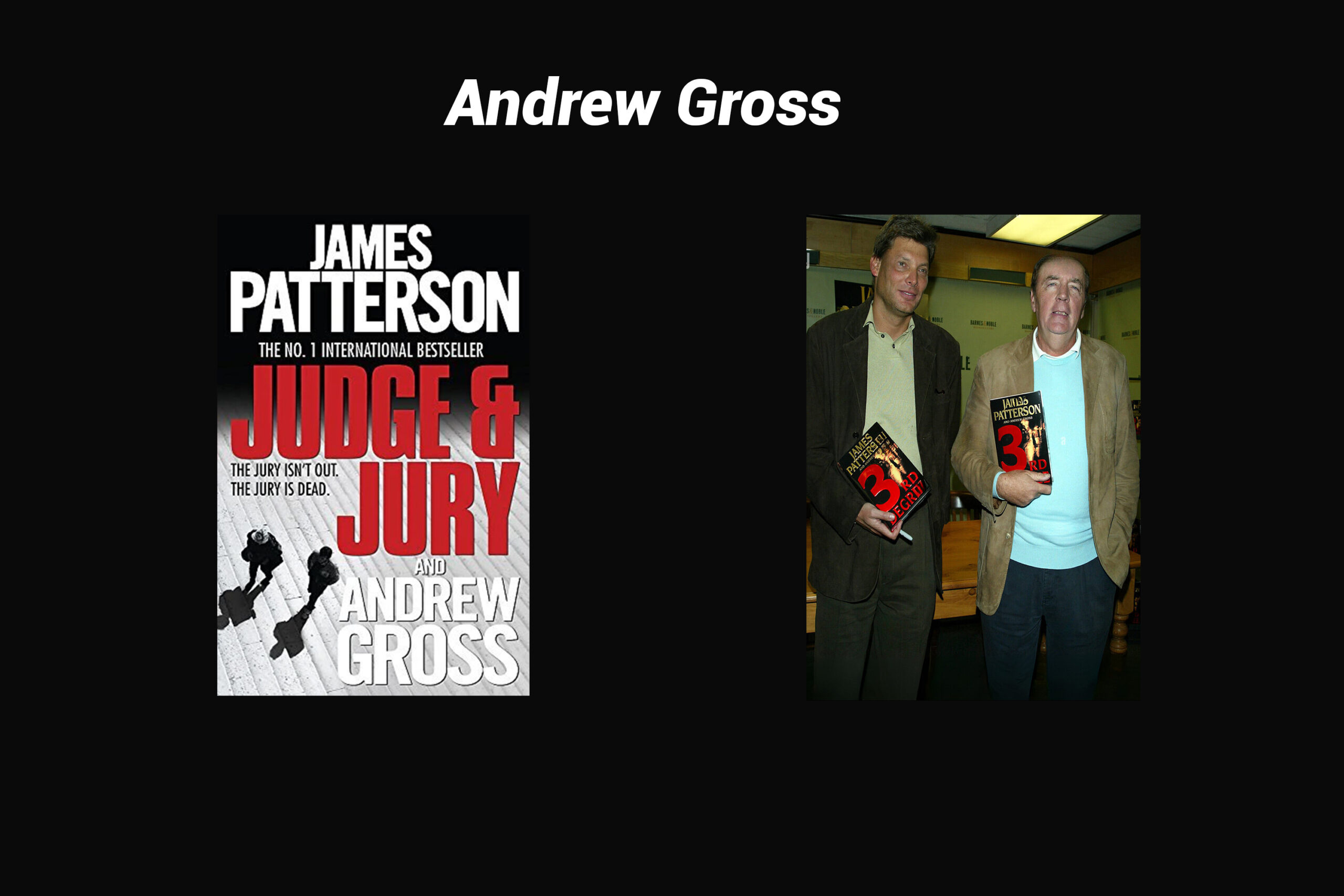
Working with Patterson also provided Gross with invaluable experience and exposure, which helped him launch his solo writing career. After their collaboration, Gross went on to become a bestselling author in his own right, with numerous successful thrillers to his name.
3. Mark Sullivan
Mark Sullivan is best known for his work with James Patterson on the Private series, a globally popular set of novels centered around the high-stakes world of a private investigation firm. The series, which spans several international settings, has been praised for its intricate plots and diverse cast of characters.
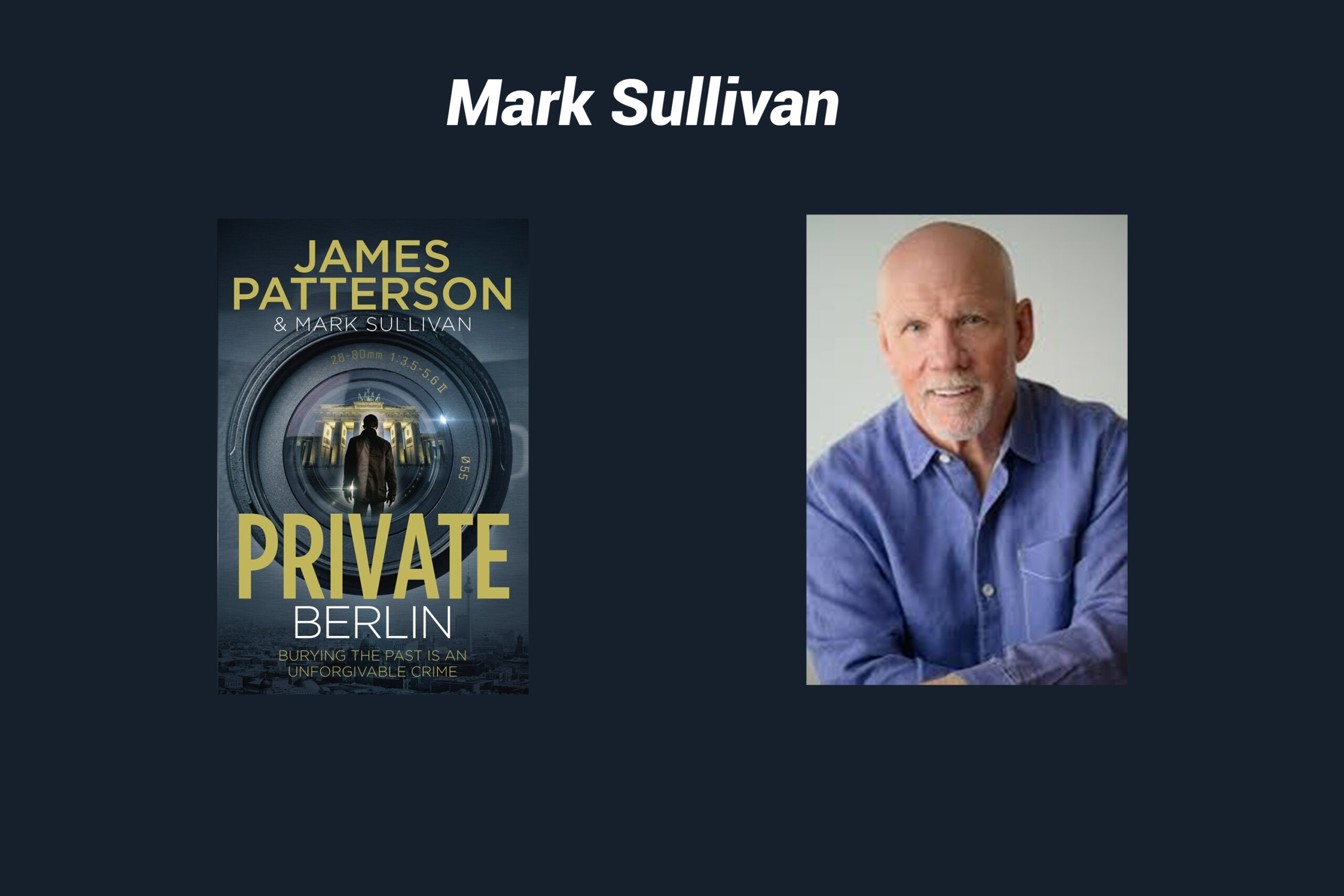
Sullivan’s collaboration with Patterson has been crucial in expanding the Private series’ appeal, making it a favorite among readers across the globe. Their ability to create engaging, suspenseful narratives has made the Private series a standout in Patterson’s extensive catalog.
4. Candice Fox
Candice Fox, an acclaimed Australian author, joined forces with James Patterson to create the Harriet Blue series. This partnership resulted in a unique blend of their writing styles, combining Patterson’s trademark suspense with Fox’s gritty, character-driven storytelling.
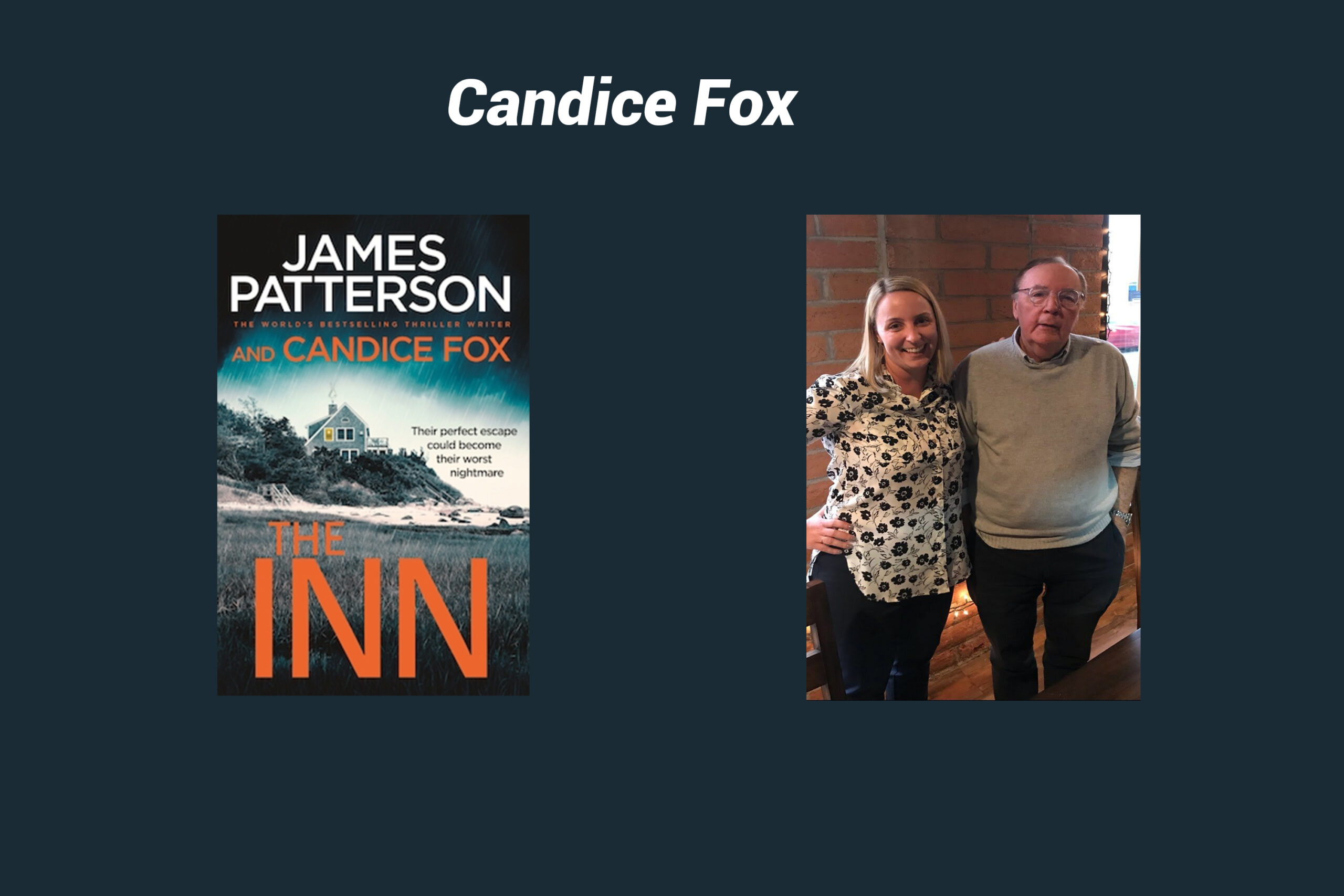
The Harriet Blue series, featuring a tough-as-nails detective in the Australian outback, has been praised for its intense, fast-paced plots and strong character development. Fox’s contribution to the series has been pivotal in crafting a distinct narrative voice that resonates with fans of both authors.
5. Ashwin Sanghi
James Patterson collaborated with Indian author Ashwin Sanghi on Private India, a novel that blends Patterson’s signature thriller elements with Sanghi’s deep understanding of Indian culture and history.
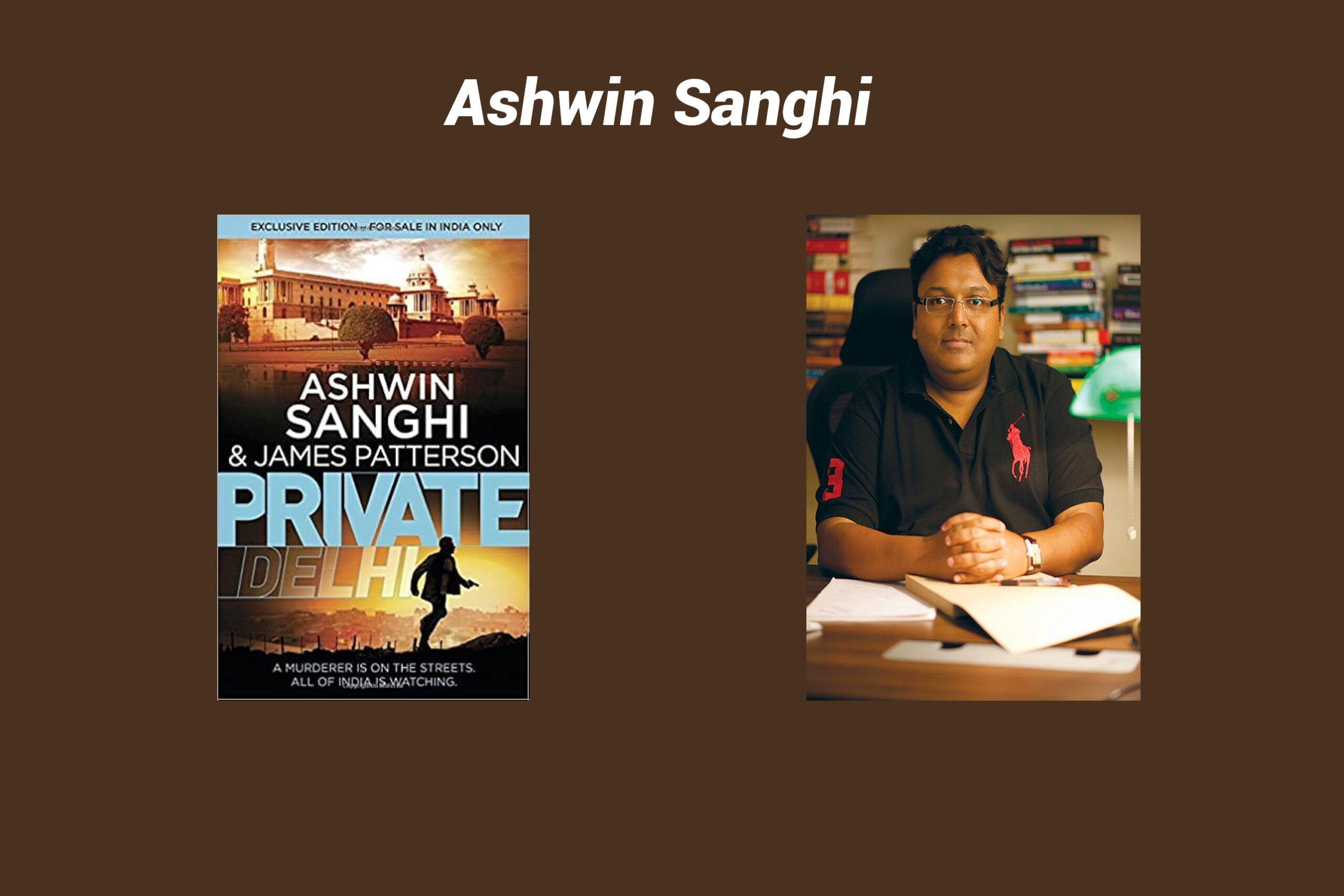
This collaboration brought a fresh, international flavor to the Private series, incorporating diverse cultural elements that appealed to a global audience. Private India was not only a commercial success but also demonstrated Patterson’s ability to seamlessly integrate different cultural perspectives into his storytelling, thanks to Sanghi’s invaluable input.
Other Noteworthy Collaborators
In addition to the aforementioned authors, James Patterson has worked with a variety of other notable writers, including Liza Marklund, David Ellis, and even former U.S. President Bill Clinton. Each of these collaborations has brought fresh perspectives and unique narratives to Patterson’s brand, enhancing the diversity and appeal of his work. Whether it’s Marklund’s Nordic noir influence, Ellis’s legal expertise, or Clinton’s insider knowledge of political intrigue, these partnerships have enriched Patterson’s storytelling and expanded his literary reach.
The Impact of Collaboration
- James Patterson’s collaborations have allowed him to explore multiple genres, from thrillers and romance to children’s literature, thereby broadening his audience.
- Working with co-authors from diverse backgrounds has enabled Patterson to attract readers of all ages and interests.
- Despite his prolific output, Patterson maintains a high standard of quality across his books, largely due to his detailed outlines and active involvement in the writing process.
- The collaborative model ensures that every book aligns with Patterson’s vision, preserving the integrity of his brand.
- James Patterson’s collaborative approach has had a significant impact on the publishing industry, encouraging other authors to explore co-authoring and ghostwriting as viable methods of production.
- His success has demonstrated the commercial and creative potential of collaboration, leading to broader acceptance of these practices within the industry.
Criticisms and Controversies
The use of James Patterson ghost writers has sparked considerable debate within the literary community. Critics argue that the extensive use of ghost writers and co-authors raises questions about the authenticity of authorship. Some believe that this practice dilutes the creative integrity of the work, suggesting that the final product may lack the personal touch and originality typically associated with a single-author book.
Additionally, the idea that a well-known author’s name can be used to sell books that they may not have fully written themselves has led to discussions about the commercialization of literature.
On the other hand, defenders of Patterson’s approach argue that collaboration is a legitimate form of creativity that allows for the production of high-quality content at a pace that would be impossible for a single author to achieve.
They assert that the essence of Patterson’s storytelling—his ideas, vision, and outlines—remains intact, regardless of who pens the final draft. This perspective views ghostwriting as a valuable tool for authors to expand their reach and explore new genres, while still delivering stories that resonate with readers.
Patterson’s Response to Criticism
James Patterson has addressed these criticisms by openly discussing his collaborative process and emphasizing the importance of teamwork in his writing. He has consistently stated that his primary goal is to entertain readers, and if collaboration helps achieve that, then it is a valid and effective method.
Patterson views his role as that of a master storyteller, who crafts the framework of a story and guides his co-authors or ghost writers in bringing it to life.
Patterson also highlights that his involvement in the creative process ensures that the final product aligns with his vision, even if others are helping to write it. He has expressed that collaboration allows him to explore a broader range of ideas and topics, ultimately enriching his body of work.
By maintaining transparency about his methods, Patterson has sought to dispel some of the negativity surrounding his use of ghost writers and reaffirm his commitment to delivering engaging and high-quality stories to his readers.
Differentiating Between Co-Authors and Ghost Writers
It’s important to distinguish between a co-author and a James Patterson ghost writer.
Lets explore in detail:
| Aspect | Co-Authors | Ghost Writers |
| Role in Writing Process | Collaborate actively in the creation of the book, sharing ideas and writing portions of the manuscript. | Primarily focus on writing the manuscript based on the author’s detailed outline and instructions. |
| Credit on Book Cover | Yes, co-authors are credited on the book cover along with the primary author. | No, ghost writers usually remain uncredited and anonymous. |
| Involvement in Story Development | Direct involvement in plot development, character creation, and narrative structure. | Follow the author’s vision and outline, with limited creative input. |
| Public Recognition | Co-authors are publicly recognized for their contributions and may gain recognition and opportunities for their own work. | Ghost writers typically do not receive public recognition for their work. |
| Creative Input | Significant creative input, often shaping the direction of the book alongside the primary author. | Minimal creative input; their role is to execute the author’s vision. |
| Relationship with Primary Author | Collaborative partnership, often with ongoing communication and idea exchange. | Professional relationship, often with limited direct communication. |
| Visibility and Career Impact | Co-authors can use the collaboration to boost their writing career and visibility. | Ghost writers often remain behind the scenes, with little to no public visibility. |
| Typical Use | Used when the primary author wants to collaborate on story ideas or expand into new genres. | Used when the primary author needs assistance in writing a book while maintaining the appearance of sole authorship. |
Setting a New Standard in Modern Publishing
James Patterson’s collaborative approach has set a new standard in the publishing industry, showcasing how strategic partnerships can lead to unprecedented success. His ability to churn out multiple bestsellers annually has not only solidified his reputation as a literary powerhouse but also redefined what it means to be a prolific author in the modern era. Patterson’s model has shown that authors can scale their creativity and reach by working with others, effectively challenging the traditional notion of solitary authorship.
This has inspired many other writers and publishers to explore similar collaborative strategies, making it a significant trend in contemporary publishing.
Influence on Future Generations of Writers
The impact of James Patterson’s use of co-authors and ghost writers extends beyond his own works; it has also influenced future generations of writers. Many aspiring authors use ghostwriters as a viable pathway to success, particularly in an industry where breaking through as a solo writer can be challenging.
Patterson’s success has also encouraged a more open conversation about the realities of publishing, including the roles of ghost writers and the benefits of shared authorship.
By being transparent about his methods, Patterson has helped demystify the process and reduce the stigma associated with using ghost writers, paving the way for a more inclusive and collaborative literary community.
Continuing to Innovate and Evolve
Even as James Patterson continues to produce new books with the help of co-authors and ghost writers, he remains a figure of innovation in the literary world. His willingness to experiment with different genres, formats, and collaborative methods keeps his work fresh and relevant. Patterson’s adaptive approach ensures that he stays at the forefront of the industry, constantly evolving to meet the changing tastes of readers.
As he continues to expand his brand and explore new creative avenues, Patterson’s legacy as a trailblazer in collaborative writing is likely to endure, influencing the industry for years to come.
The legacy of James Patterson’s collaborative writing is one of innovation, influence, and success. By embracing the power of collaboration, Patterson has not only expanded his own literary empire but also set a new precedent in the publishing world.
His approach has opened doors for countless writers and redefined what it means to be a successful author in the 21st century. As Patterson’s work continues to captivate audiences around the globe, his legacy as a master storyteller and pioneer of collaborative writing will undoubtedly stand the test of time.
Wrapping up
James Patterson’s collaborative writing model has reshaped the landscape of modern publishing, showcasing how teamwork and strategic partnerships can lead to unprecedented success. Through his use of co-authors and ghost writers, Patterson has not only expanded his own literary reach but also set a new standard for what is possible in the world of authorship. His approach has allowed him to explore a diverse range of genres, maintain a high level of quality, and continuously engage a broad audience.
As the industry evolves, Patterson’s influence will likely continue to inspire and inform how books are created and marketed. His openness about his writing process has demystified the role of co-authors and ghost writers, fostering a greater understanding and acceptance of collaborative work in literature.
Ultimately, James Patterson’s legacy as a pioneer of collaborative writing underscores the power of innovation in storytelling. By embracing the contributions of others, Patterson has demonstrated that the art of writing is not confined to a single author but can thrive through collective creativity. As new generations of writers and publishers look to his model, Patterson’s impact will undoubtedly endure, shaping the future of literary collaboration and storytelling.
FAQs
- Why does James Patterson use co-authors and ghost writers?
Answer: James Patterson uses co-authors and ghost writers to manage his extensive output and explore a wide range of genres. Collaborating with other writers allows him to produce a larger volume of books while maintaining high quality. Co-authors contribute directly to the creative process, while ghost writers help execute Patterson’s detailed outlines, ensuring the final product aligns with his vision.
- How do co-authors differ from ghost writers in Patterson’s works?
Answer: Co-authors work closely with James Patterson on developing the plot, characters, and narrative. They are credited on the book cover and share public recognition for the work. Ghost writers, however, follow Patterson’s outlines and write the manuscript based on his vision but do not receive public credit. They typically work behind the scenes to help bring Patterson’s ideas to life.
- How does James Patterson maintain the quality of his books despite using multiple writers?
Answer: James Patterson ensures quality by creating detailed outlines for each book and staying actively involved in the writing process. These outlines provide a clear roadmap for co-authors and ghost writers, guiding them in crafting the story while preserving Patterson’s unique style and vision. This meticulous planning helps maintain consistency and high standards across his works.
- What impact has James Patterson’s collaborative writing approach had on the publishing industry?
Answer: Patterson’s collaborative approach has influenced the publishing industry by demonstrating the effectiveness of teamwork in producing high-quality, diverse content. His success has encouraged other authors and publishers to consider co-authoring and ghostwriting as viable methods, leading to greater acceptance of these practices and a broader exploration of creative storytelling.
- Can new authors benefit from adopting a collaborative writing model like Patterson’s?
Answer: Yes, new authors can benefit from a collaborative writing model. By working with co-authors or ghost writers, they can leverage additional skills, expand their creative reach, and increase their output. Collaborating can also provide valuable learning opportunities and help build professional networks, which can be advantageous for career development and visibility in the industry.

